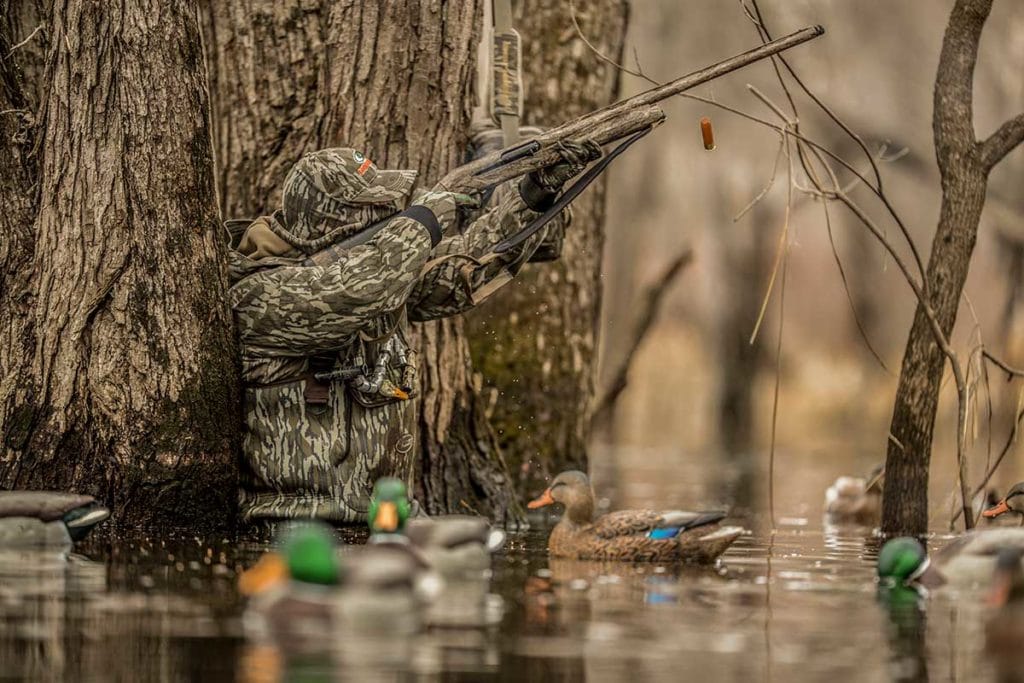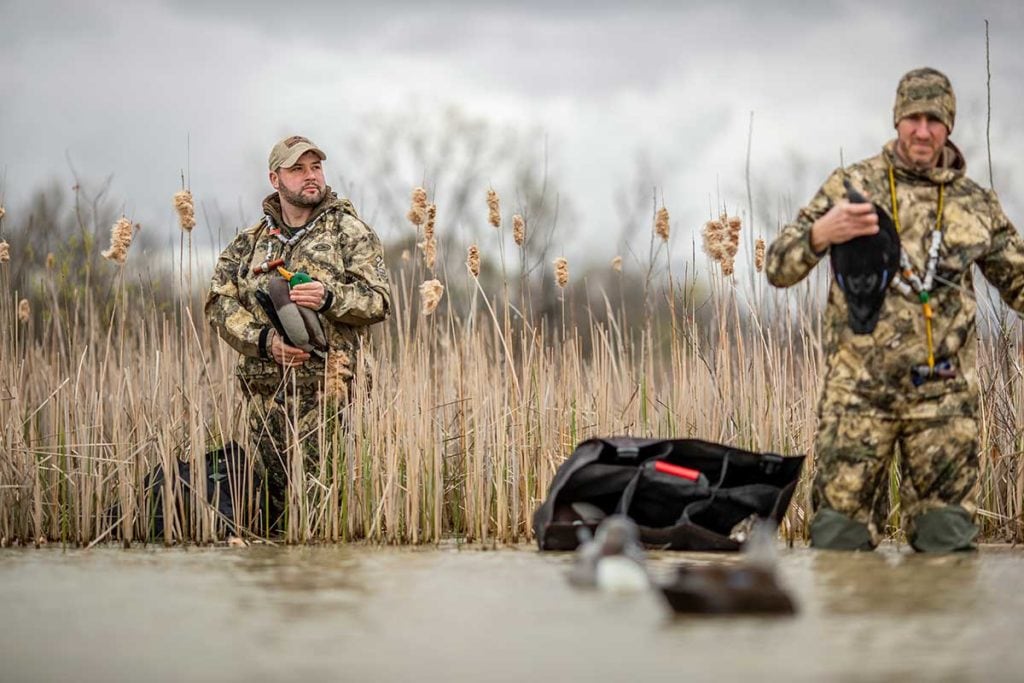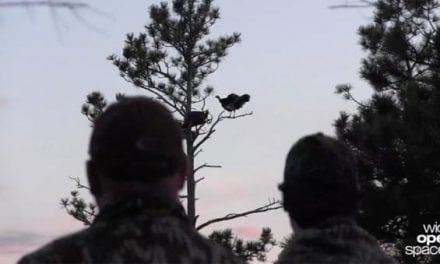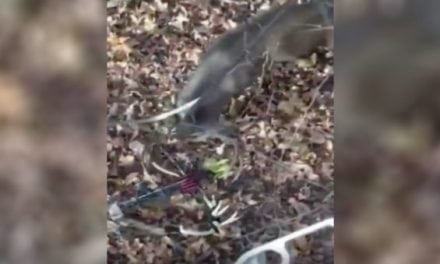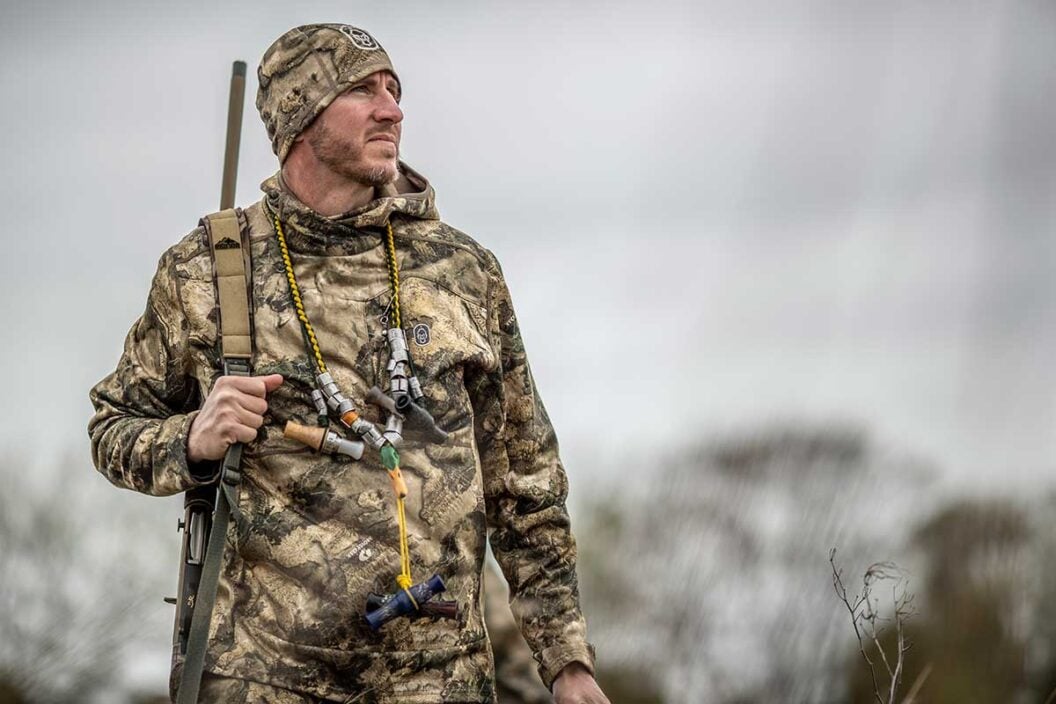
Duck hunting is an experience unlike any other. The camaraderie amongst hunting buddies seems to be at its highest when in the duck blind, there’s a special dynamic in hunting with a dog, the meat tastes incredible, and when you’re shooting is dialed in, it can be pretty dang fun. But what about when your shooting is off?
There’s nothing worse than having a duck commit to your decoy spread, mounting your shotgun, thinking you have the perfect lead, and completely missing. What becomes even more embarrassing is when you shoot the remaining two shells, and all you see is an unharmed bird flying out of sight forever. Let’s face it, we’ve all been there. I struggled with this for years. Every year in the duck blind it felt like I was shooting more than I was hitting, as if my goal was to waste shells. It took one friend, and quite frankly a great shooter, to break down what I was doing wrong and give me sound advice on how to fix it, and he assured me it would lead to more bag limits and cleaner kills. And believe me, it did. Here are six shooting tips that I learned that will help you bag more ducks this year.
1. Use the Right Gun for You
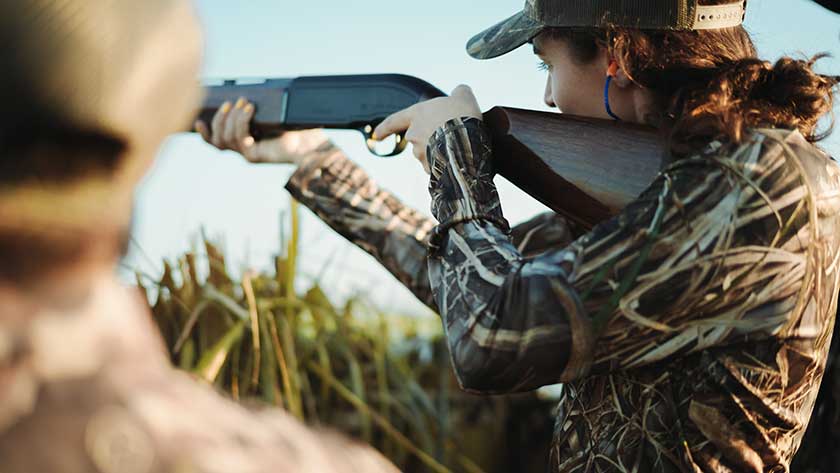
Academy Sports + Outdoors
You have to get this one out of the way quick, and it was a tough one to accept for me. Just because you bought a top of the line gun, doesn’t mean it’s the best fit for you. A well fitted shotgun should rise and mount so fluidly that it’s almost second nature. One tip is to close your eyes and raise your gun, mounting to your shoulder and cheek. Once you open, you should be in the perfect shooting position.
While grabbing the highest rated shotgun off the rack and some local sporting goods store can still work, and you’ll likely be able to shoot ducks with it. But nothing will make a bigger difference like having a gun that was fitted for you. Another alternative would be taking your shotgun to a gunsmith and having him make some adjustments to the stock.
2. Stop Flock Shooting
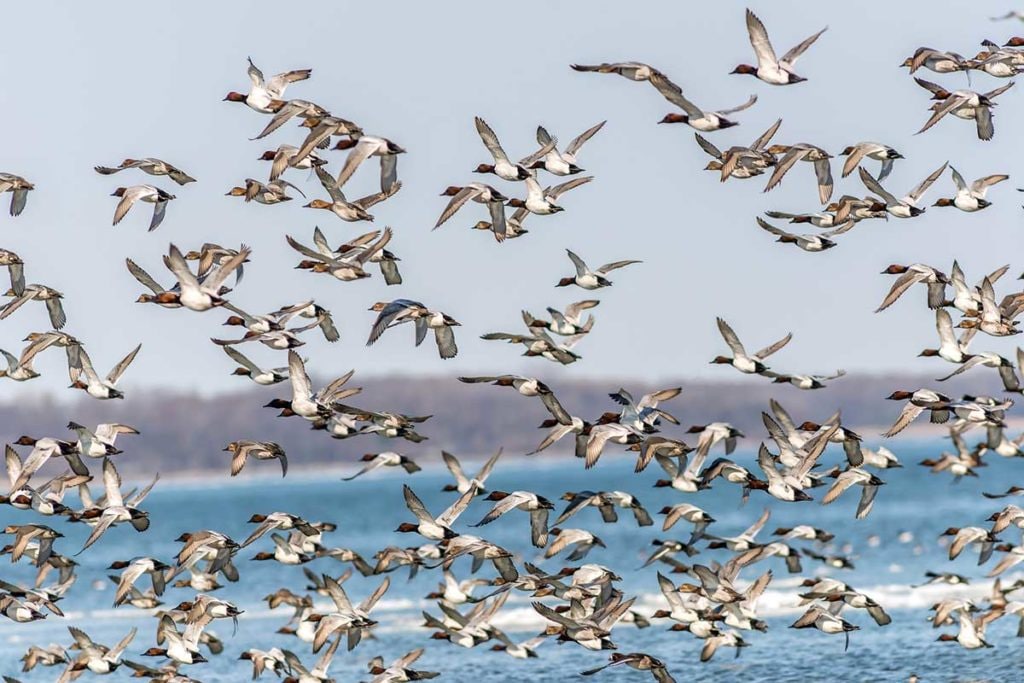
One particular season I noticed that every time a single bird would fly in, I would make an excellent shot, turning the bird into stone as it fell into the water. However, as soon as a group of 5 or more would show up, it was like I was shooting blind-folded. It turns out, I was flock shooting.
Flock shooting is a term for when instead of picking out a single bird, you shoot the entire flock, hoping that at least one of them will fall. Well the truth is, this almost never works. Stay focused on one target, and don’t switch until that bird has dropped. This can be tough as the adrenaline quickly rises when a large flock swarms in, but with some practice, you’ll be able to choose your target and make the shot.
3. Follow Through
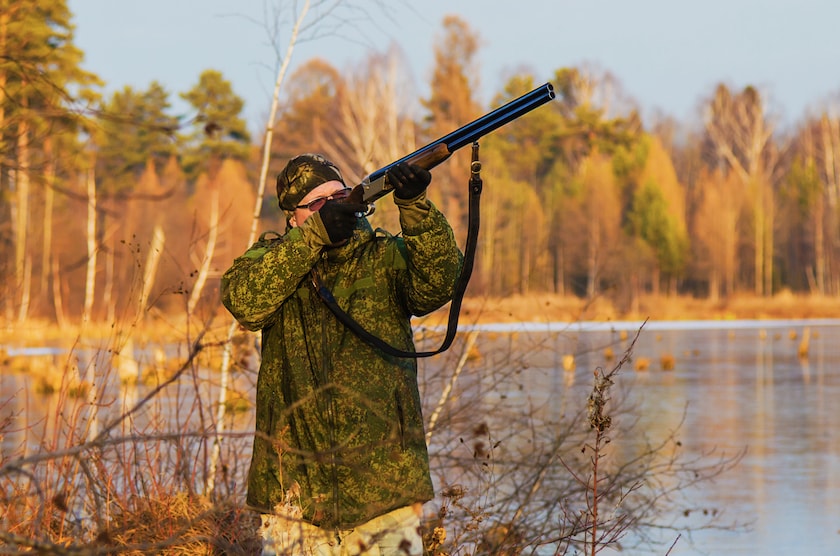
One thing that seems to keep most new hunters from harvesting birds is their lack of follow through with their swing. It’s a natural instinct that as soon as you shoot, you want to lift your head up and see if it hits the bird, however, this immediately stops the swing of your shotgun, which is going to cause you to shoot behind the bird almost every time.
There’s a common saying for waterfowl hunters, you want to “paint it out of the sky.” Imagine for a second hitting a golf ball and immediately upon impact lifting your head up to see where the ball went. Odds are the ball didn’t go very far, and didn’t go straight. Practice following through on each shot and you’ll be amazed by the difference it makes.
4. The Subconscious Lead
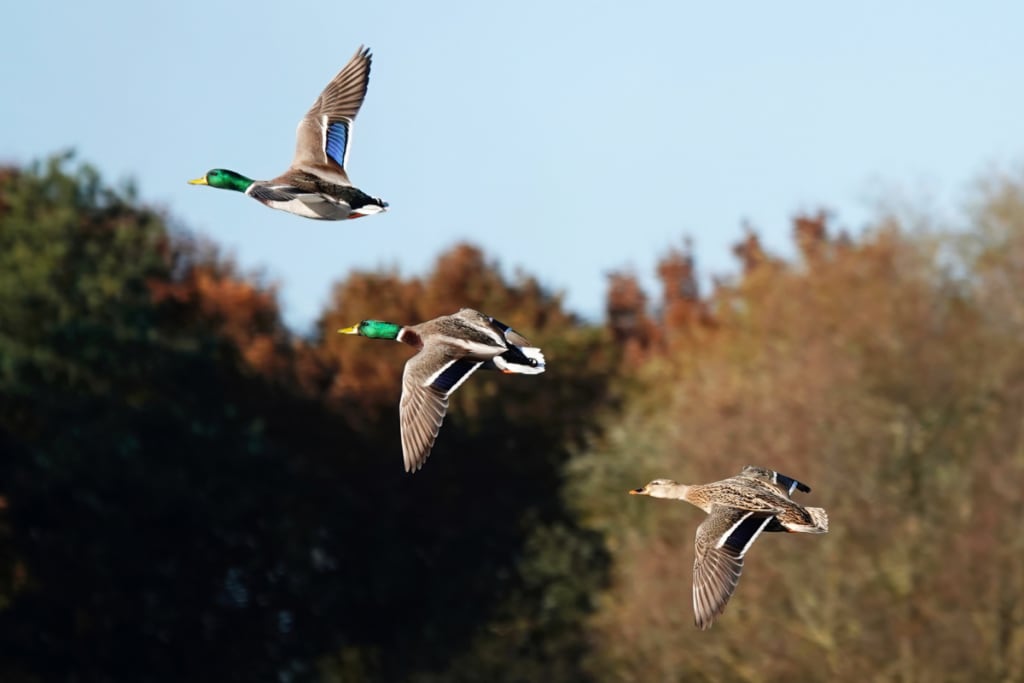
Shooters often try to calculate lead in their head as the bird is flying away. This likely won’t work, and even by the time you figure it out, that bird is probably out of range anyway. Instead, work on having a fluid form, as well as keeping your eye on the bird at all times with the bead of your shotgun in your side vision. Your brain will instinctively do the rest for you. This may take a little bit of time to get used to, but lead always needs to be natural, not calculated.
5. Wait for a Better Shot
Do you have that friend that calls “Shoot em!” way too early? Maybe you’re that friend. I’ve been on countless hunters where the caller yells to shoot, meanwhile the birds are still 20 yards out of shooting range. The worst part is, most of the time if you just stay still and wait, they’ll come in closer for a better shot regardless.
Don’t get too eager and start taking hail mary shots. These are high risk, low reward shots that aren’t necessary. Be patient, allow the ducks to circle and work the decoys. Do some subtle calling to bring them in closer if you have to. Only shoot when the time and distances are right!
6. Practice, Practice, Practice
Most duck hunters I know lock their gun up at the end of the season, and don’t break it out until the following opener, aside from maybe a quick cleaning during the offseason. Don’t be like this. Shooting clays and working on your form during the offseason will bring some incredible benefits once the season starts.
An old hunting mentor of mine used to tell me if I really wanted to knock the dust off before duck season, get into the dove fields. This is a fun way to practice on quick flying, small targets just before duck season rolls around. There’s typically so much action in the dove fields, that you can oftentimes figure out what the problem is during one morning hunt. Plus, doves make excellent table fare.
READ MORE: WHY YOU NEED TO LEARN TO SHOOT WITH YOUR OFF HAND
The post 6 Tips to Bag More Ducks This Season From a Dedicated Shotgunner appeared first on Wide Open Spaces.


